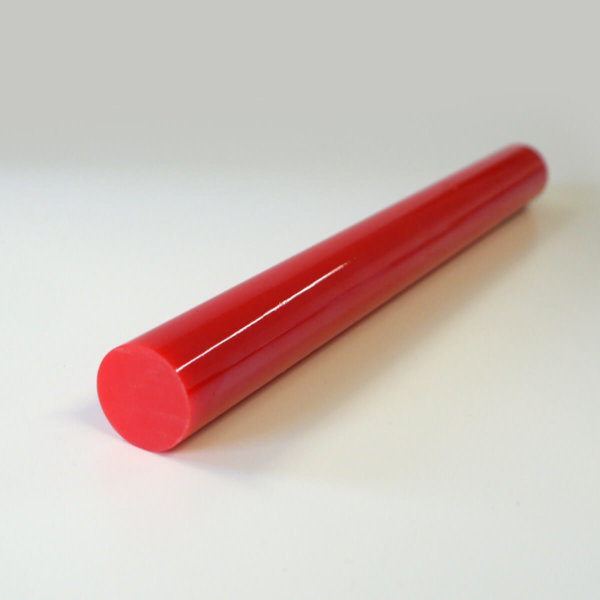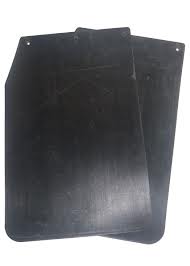Conveyor belt wheels, also known as conveyor belt rollers, are critical components used in various industries to support and guide conveyor belts, facilitating the smooth movement of goods and materials.
They can be used in food production, airport baggage handling, and moving minerals in mines. So, it goes without saying that these wheels are subjected to constant wear, abrasion, and heavy loads, necessitating the use of durable and resilient materials.
Two common materials used for conveyor belt wheels are rubber and polyurethane. In this blog post, we will explore these materials and discuss their pros and cons.
Polyurethane Conveyor Belt Wheels
Polyurethane is a synthetic material known for its exceptional mechanical properties, making it a popular choice for conveyor belt wheels. Polyurethane wheels are typically moulded from a combination of polyols and isocyanates, resulting in a strong and resilient material.
Pros of Polyurethane Wheels:
High Load Capacity: Polyurethane wheels exhibit excellent load-bearing capabilities, making them suitable for heavy-duty conveyor systems. They can withstand heavy loads without significant deformation or failure.
Superior Abrasion Resistance: Polyurethane has outstanding resistance to abrasion, outperforming rubber in terms of wear resistance. This makes polyurethane wheels ideal for demanding applications where high abrasion resistance is required.
Impact Resistance: Polyurethane offers good impact resistance, providing protection against shocks and impacts during conveyor belt operation. It helps minimize damage to the wheels and extends their lifespan.
Wide Temperature Range: Polyurethane wheels can tolerate a broader temperature range compared to rubber. They remain stable and perform well across a wider spectrum of temperatures, including both low and high extremes.
Cons of Polyurethane Wheels:
Higher Cost: Polyurethane wheels generally have a higher upfront cost compared to rubber. However, considering their durability and extended lifespan, they can provide long-term cost savings by reducing the frequency of replacements.
Potential Chemical Reaction: Certain chemicals or substances may have adverse effects on polyurethane, causing degradation or chemical reactions. It is important to consider the compatibility of polyurethane wheels with specific environments or substances they may come in contact with.
Read more:What is MOCA in Polyurethane?
Rubber Conveyor Belt Wheels
Rubber is a versatile material that has been widely used in the manufacturing of conveyor belt wheels for many years. Natural rubber and synthetic rubber compounds, such as SBR (Styrene Butadiene Rubber) and neoprene, are commonly employed in the production of rubber wheels.
Pros of Rubber Wheels:
Abrasion Resistance: Rubber exhibits good resistance to abrasion, making it suitable for conveyor belt wheels that experience continuous contact with the belt and the conveyed materials. It can withstand the wear and tear caused by friction and impact.
Shock Absorption: Rubber has excellent shock absorption properties, which helps reduce vibrations and impacts that occur during conveyor belt operation. This feature prevents damage to the belt and extends its lifespan.
Traction: Rubber wheels provide good traction between the wheel and the conveyor belt, ensuring efficient and reliable movement without slippage. This feature is particularly important when dealing with heavy loads or inclines.
Cost-effective: Rubber is generally more cost-effective compared to other materials, making it a preferred choice for conveyor belt wheels, especially in applications with less demanding requirements.
Cons of Rubber Wheels:
Limited Load Capacity: Rubber has a relatively lower load-bearing capacity compared to some other materials. In heavy-duty applications, rubber wheels may not be suitable for handling extremely heavy loads or prolonged high-pressure situations.
Temperature Sensitivity: Rubber can be sensitive to extreme temperatures, particularly high temperatures. Continuous exposure to heat can cause degradation and reduced performance of rubber wheels.
In summary, both rubber and polyurethane are commonly used materials for conveyor belt wheels, each with its own advantages and disadvantages. Rubber wheels offer good abrasion resistance, shock absorption, and cost-effectiveness. On the other hand, polyurethane wheels provide high load capacity, and outstanding resistance to abrasion and can also tolerate extreme temperatures. I know which material I’s do go.
Want to find out how much it will cost to make your products?




